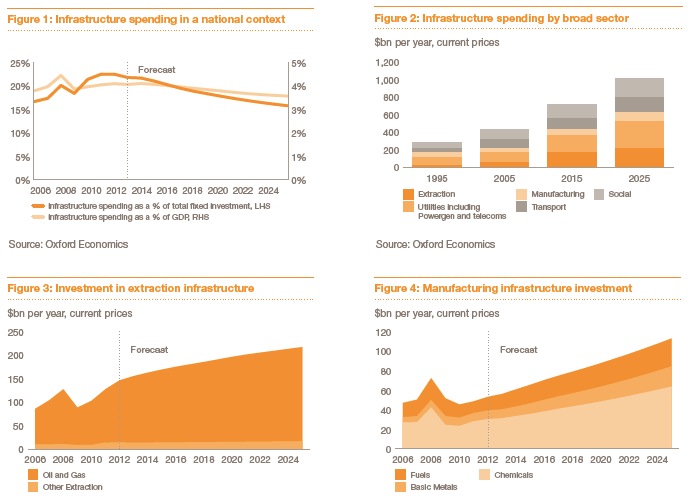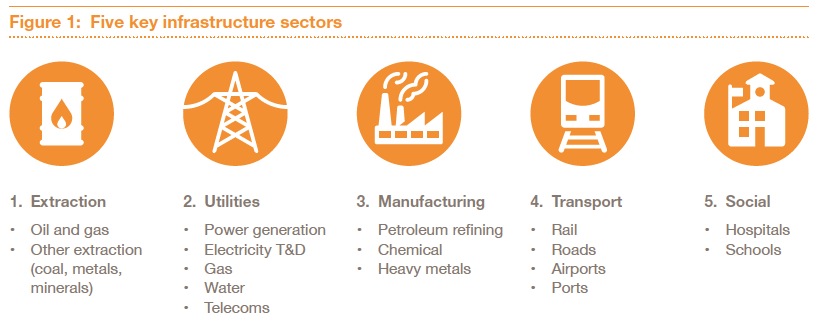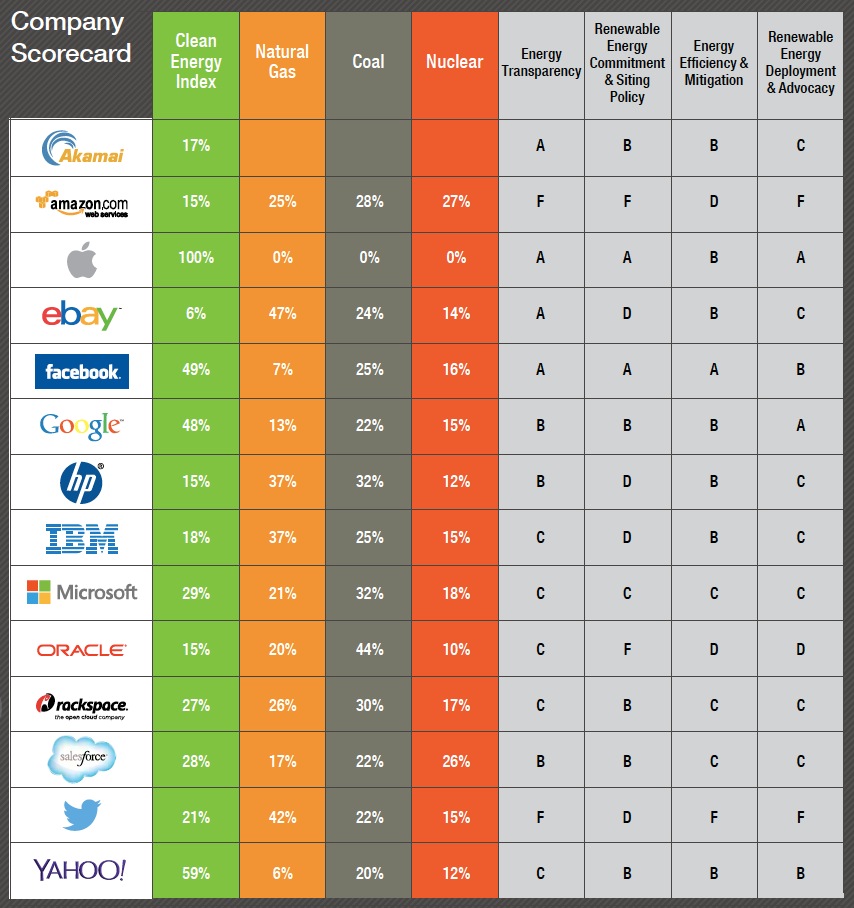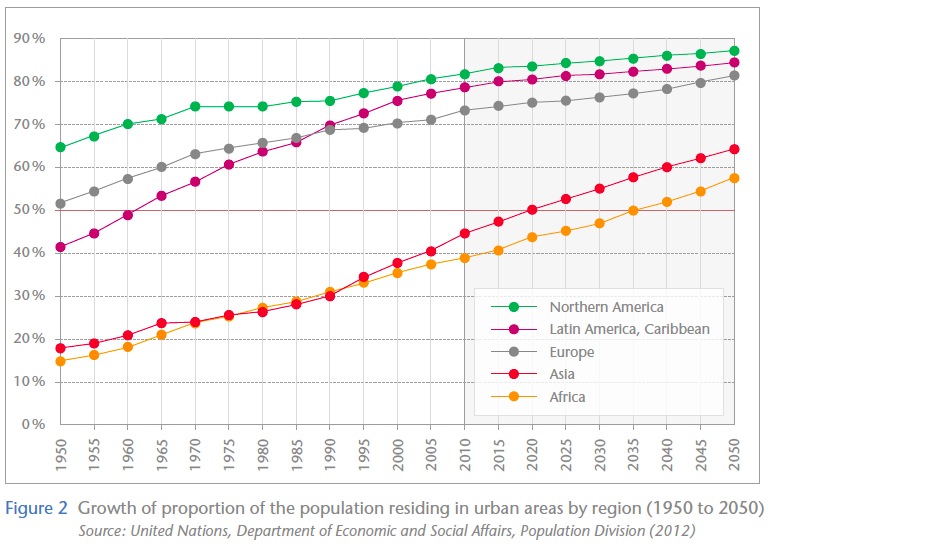MINETA TRANSPORTATION INSTITUTE
This report provides a review of scholarly literature with direct relevance to the topic of modal shift and high-speed rail (HSR). HSR systems are usually planned on the expectation that they will attract riders who would have chosen other modes (such as air, automobile, bus, etc.) had the HSR not been created. Identifying and measuring the actual ability of HSR to effect modal shift is therefore critical. To establish the most current systematic research on the topic, this report examines the evidence concerning HSR and modal shift in both secondary analyses of previous studies and in newer studies that use primarily original data. The studies that were reviewed comprise a large variety of HSR systems, time periods, data sources, and means of analysis.
Archive for the ‘Global’ Category
Modal Shift and High-Speed Rail: A Review of the Current Literature
Wednesday, July 9th, 2014The BRT (Bus Rapid Transit) Standard
Friday, June 27th, 2014Infrastructure Spending in the US: Outlook to 2025
Thursday, June 26th, 2014
PricewaterhouseCoopers (PwC)
By 2025, annual investment in infrastructure across our sectors in the US should top $1trn, having grown by an average of just over 3.5% a year. But the US will likely have been long since left behind by China, where we expect annual spending will reach over three times this level. We estimate that the US’s share of global spending will likely decline gradually over the coming decade to just over a tenth of total global spending by 2025.
Global Infrastructure Spending: Outlook to 2025
Thursday, June 26th, 2014
PricewaterhouseCoopers (PwC)
Infrastructure spending has begun to rebound from the global financial crisis and is expected to grow significantly over the coming decade. That is the main finding of Capital project and infrastructure spending: Outlook to 2025, our in-depth analysis of 49 countries that account for 90% of global economic output. Worldwide, infrastructure spending will grow from $4 trillion per year in 2012 to more than $9 trillion per year by 2025. Overall, close to $78 trillion is expected to be spent globally between 2014 and 2025. But the recovery will be uneven, with infrastructure spending in Western Europe not reaching pre-crisis levels until at least 2018. Meanwhile, emerging markets, unburdened by austerity or ailing banks, will see accelerated growth in infrastructure spending, especially China and other countries in Asia.
Reduce Speculation and Limit Gentrification: Penalize Absentee/Pied-à-Terre Owners
Friday, June 20th, 2014
While cities like Chicago, Austin, and Seattle can typically stave off drastic price increases by just building enough housing to meet demand, that’s not always possible for world cities because demand isn’t just local, or even national — it’s global, and in an era of growing inequality the demand for luxury investment properties and pieds-à-terre is vast. That demand is an obstacle to providing an adequate supply of affordable, middle-class housing, but it needn’t be. If harnessed appropriately, it could even be a strength.
View this complete post...Air Pollution Takes a Heavy Toll Around the World
Monday, May 26th, 2014
Outdoor air pollution, much of it from road transport, is costing advanced economies plus China and India an estimated USD 3.5 trillion a year in terms of the value of lost lives and ill health, according to new OECD research. Without government action to limit vehicle emissions, the costs will rise in the years ahead.
View this complete post...Why Infrastructure Investment Needs to be a National Priority
Friday, May 23rd, 2014
The U.S. receives an enormous return on infrastructure investments. Maintaining the status quo is not acceptable. America’s infrastructure underpins the U.S. economy. It is the thread that knits our great nation together. To compete in the global economy and raise our standard of living, we must renew and update America’s aging public infrastructure. Time is running out.
View this complete post...Clicking Clean: How Companies Are Creating the Green Internet
Friday, May 2nd, 2014
GREENPEACE
While shifting businesses to an online model can create significant gains in energy efficiency, the energy appetite of the internet continues to outstrip those gains thanks to its dramatic growth. Critically, the internet’s growing energy footprint has thus far been mostly concentrated in places where energy is the dirtiest…But there is good news to report: since our last report, How Clean is Your Cloud? (April 2012),3 leading data center operators have taken key steps toward building a green internet, particularly those companies that have committed to build a 100% renewably powered platform. These commitments are having a profound impact in the real world, shifting investment from legacy coal, gas and nuclear power plants to renewable energy technologies, and disrupting the status quo among major electric utilities.
Cities Alive
Monday, April 28th, 2014
ARUP
Reflecting the scale of the challenges ahead, there is urgency to develop more sustainably and this has become pervasive at all levels of government. The 1987 Brundtland Commission looked to unite countries worldwide to pursue sustainable development, and in 2006 the Stern Review on the Economics of Climate Change discussed the effect of global warming on the world economy. The main conclusion of the Stern report was that the benefits of strong, early action on climate change far outweigh the costs of not acting.
The Urban Infrastructure Initiative: Final Report
Tuesday, April 22nd, 2014
WORLD BUSINESS COUNCIL FOR SUSTAINABLE DEVELOPMENT
Today, more than half of the planet’s inhabitants are living in urban areas. By 2050, more than 70 % of the global population will live in cities. The scale and pace of urbanization in the coming decades is unprecedented in human history. The battle for sustainable development will therefore be won and lost in cities. Cities already consume up to 80 % of global material and energy supplies and produce around 75 % of carbon emissions. With current energy- and resource-intensive modes of urban development, the addition of 3 billion more city-dwellers by 2050 is likely to significantly exceed the ecological carrying capacity of the planet.
Follow InfrastructureUSA
CATEGORIES
- Accountability (219)
- Aging Infrastructure (758)
- Aviation (130)
- Biking (324)
- Bipartisan (271)
- Bridges (493)
- Broadband (57)
- Buses (160)
- Carbon Tax (22)
- Clean Air (182)
- Climate Change (202)
- Competitiveness (230)
- Congestion (327)
- Dams (77)
- Democrat (123)
- Drinking Water (192)
- Economic Stimulus (276)
- Employment (207)
- Energy (585)
- Environment (615)
- Equity (239)
- Funding (888)
- Global (205)
- Great American Infrastructure (33)
- Green (295)
- Guests on The Infra Blog (301)
- Hazardous Waste (27)
- High Speed Rail (224)
- Highway (785)
- Inland Waterways (204)
- Jobs (251)
- Land Use (99)
- LEED (28)
- Levees (42)
- Local (1,910)
- National (1,527)
- Policy (1,122)
- Pollution (215)
- Private Investment (213)
- Public Opinion (189)
- Public Parks & Recreation (198)
- Public Transportation (1,028)
- Racism (6)
- Rail (506)
- Recession (65)
- Recovery (218)
- Republican (109)
- Roads (1,120)
- Schools (81)
- Seaports (69)
- Smart Grid (98)
- Smart Growth (442)
- Solid Waste (26)
- Sustainability (767)
- Tax (112)
- Technology (397)
- Telecommunications (46)
- Transit (1,333)
- Urban Planning (984)
- Wastewater (183)
- Water Treatment (168)
Video, stills and tales. Share images of the Infra in your community that demands attention. Post your ideas about national Infra issues. Go ahead. Show Us Your Infra! Upload and instantly share your message.
Is the administration moving fast enough on Infra issues? Are Americans prepared to pay more taxes for repairs? Should job creation be the guiding determination? Vote now!
What do the experts think? This is where the nation's public policy organizations, trade associations and think tanks weigh in with analysis on Infra issues. Tell them what you think. Ask questions. Share a different view.
The Infra Blog offers cutting edge perspective on a broad spectrum of Infra topics. Frequent updates and provocative posts highlight hot button topics -- essential ingredients of a national Infra dialogue.
Dear Friends,
It is encouraging to finally see clear signs of federal action to support a comprehensive US infrastructure investment plan.
Now more than ever, our advocacy is needed to keep stakeholders informed and connected, and to hold politicians to their promises to finally fix our nation’s ailing infrastructure.
We have already engaged nearly 280,000 users, and hoping to add many more as interest continues to grow.
We require your support in order to rise to this occasion, to make the most of this opportunity. Please consider making a tax-deductible donation to InfrastructureUSA.org.
Steve Anderson
Managing Director
SteveAnderson@InfrastructureUSA.org
917-940-7125














 RSS Feed
RSS Feed